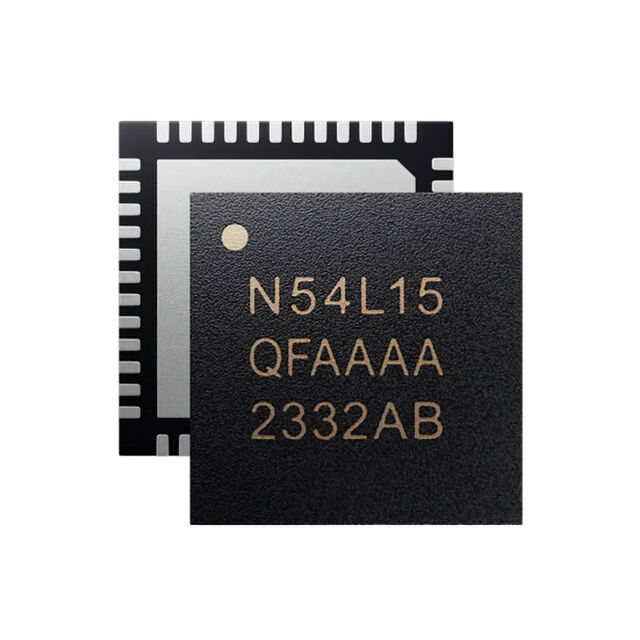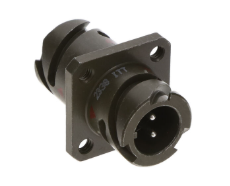Smart bandage offers real-time wound monitoring and treatment
A new type of smart bandage, described as a ‘lab on skin’, has shown promise in both monitoring and treating chronic wounds, thanks to innovations from researchers at Caltech and the Keck School of Medicine of USC.
Led by Wei Gao, Professor of Medical Engineering at Caltech, the team has developed a prototype that not only tracks wound healing in real time but can also accelerate the process through targeted treatment.
The intelligent bandage – dubbed iCares – builds on earlier work published by Gao’s team in 2023, which demonstrated the ability of a similar device to deliver medication or electrical stimulation while monitoring healing in animal models. The latest version has now been tested in a human study involving 20 patients with chronic wounds, caused either by diabetes or impaired blood circulation, as well as additional patients pre- and post-surgery.
The bandage incorporates three microfluidic components that actively manage and analyse the fluid secreted by wounds. This fluid, a key part of the body's inflammatory response, can reveal critical biomarkers indicating infection or healing progress. iCares samples this fluid continuously and transmits real-time data to a user interface, such as a smartphone.
“Our innovative microfluidics remove moisture from the wound, which helps with healing. They also make sure that samples analysed by the bandage are fresh, not a mixture of old and new fluid. To get accurate measurements, we need to sample only the newest fluid at a wound site,” explained Gao, who also serves as a Heritage Medical Research Institute Investigator. “In this way, iCares can watch in real time for important biomarkers of inflammation and infection.”
According to findings published in Science Translational Medicine, the smart bandage successfully detected nitric oxide and hydrogen peroxide – molecules associated with inflammation and infection – up to three days before patients developed noticeable symptoms.
Alongside the hardware development, the team created a machine learning algorithm capable of categorising wounds and predicting healing times with accuracy comparable to experienced clinicians.
David G. Armstrong, a co-author of the study and Podiatric Surgeon with Keck Medicine of USC, highlighted the clinical significance of this work: “Monitoring chronic wounds in real-time may be a key component to improving providers' abilities to better treat patients with chronic wounds, many of which can result in an amputation if not healed properly and quickly,” he said. “By providing actionable information on wounds themselves, we hope to bring expert-level wound care to patients, whether they're in a hospital, at a clinic or at home.”
iCares is constructed using a flexible, biocompatible polymer that can be 3D printed at low cost. The device includes a disposable nanoengineered biomarker sensor array for hygiene, paired with a reusable printed circuit board for signal processing and wireless communication. The microfluidic modules perform distinct roles: extracting fluid from the wound surface, guiding it across a sensor array, and transporting used fluid away from the bandage.
This advancement could represent a meaningful shift in how chronic wounds are managed, enabling earlier intervention, personalised care, and better outcomes for patients outside conventional clinical settings.







